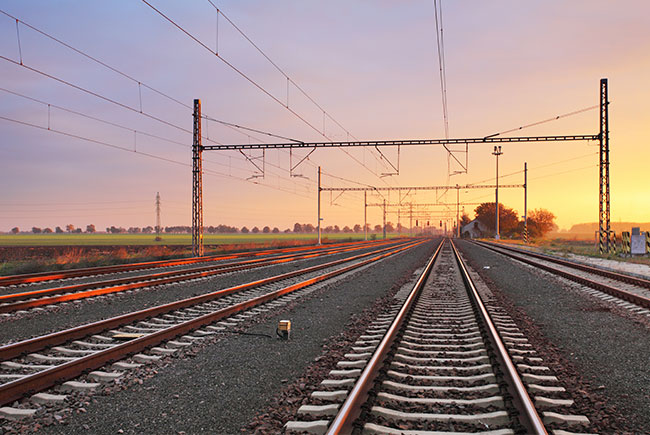The Lyon-Turin is a new railway line for freight and passengers that stretches 270 kilometres, 70% of which is in France and 30% in Italy. It is the central link in the Mediterranean Corridor, one of the 9 axes of the Trans-European Transport Network (TEN-T) stretching 3,000 kilometres and connecting 7 EU corridors from east to west.
The cross-border section, built by the bi-national promoter TELT, joins the 65 kilometres between the two international stations to be built in Saint-Jean-de-Maurienne and Susa/Bussoleno, where the tracks then connect to existing lines. The main operation is the Mont d’Ambin Base Tunnel, being the longest railway tunnel ever built. The twin-tube, single-track tunnel is 57.5 kilometres long, 45 kilometres of which are in French territory and 12.5 kilometres in Italian territory.
The works underway involve the excavation of a total of 162 kilometres of tunnels for the project, a complex machine consisting of two parallel tunnels, four shafts and 204 safety bypasses. Over the years, 113 kilometres of geognostic soundings and core drillings have already been carried out in Italy and France.
More efficient, ecological and economic infrastructure
The new project shall take more than 1 million lorries per year off the roads and result in the Alpine region breathing better thanks to the reduction of 1 million tonnes of CO₂ annually.
150 years after the inauguration of the Frejus railway tunnel (at 1,300 metres in altitude), through which the current historic line passes, the new tunnel transforms the existing mountain line into a lowland railway, making rail transport more competitive.
Having the train travel on level ground enables energy savings and higher speeds. Along the French-Italian section, the historic line does not currently meet international transport standards. The line actually climbs up the mountain with a gradient of up to 3%, meaning trains need as many as three locomotives, requiring as much as 40% more energy. The old Frejus tunnel, opened in 1871, has a smaller diameter than today’s international standards and has a single tube, which is also not up to current safety standards.
